
Benign prostatic hyperplasia, or enlarged prostate, is a fairly common condition in men, particularly in those over 50. Urinary symptoms associated with BPH can range from a weak urine stream to complete incapacity to urinate. An enlarged prostate may eventually impair bladder function. Surgery known as a transurethral resection of the prostate (TURP) is frequently used to treat BPH-related urinary issues. This is all the information you require about it.
Who is a good candidate for TURP?
When uncomfortable symptoms from an enlarged prostate do not go away with changing one’s lifestyle or taking medication, TURP is usually advised. Problems starting to urinate, a weak or intermittent stream, frequent urges to urinate, waking up in the middle of the night to urinate, an abrupt urge to urinate, or the inability to empty the bladder completely are among the urinary symptoms that may improve following TURP.
Neel Parekh, M.D., a urologist with Cleveland Clinic in Cleveland, Ohio, says that patients who have a specific kind of blockage—where a portion of the prostate protrudes into the bladder and obstructs the flow of urine—do particularly well with a TURP.
According to Parekh, “they tend to do pretty well after a TURP procedure, depending on the anatomy of their prostate.” A TURP is also recommended for prostates weighing more than 80 grams. A normal prostate is 30–40 grams.
“A lot of the therapies out now are not approved or indicated for prostates that are larger than 80 grams, but a TURP procedure is effective in patients with larger prostates,” Parekh said.
Preparing for prostate surgery
On the day of your TURP, abstain from eating and drinking six hours prior to the procedure. Take any prescribed medications with a small sip of water.
Most likely, the day before or the day of the procedure, you will be required to check into the hospital. A blood thinner (drugs that prevent blood clots), like aspirin, may be prescribed to you by your urologist to cease taking prior to surgery.
Types of prostate surgery
There are a host of minimally invasive surgical options for treating BPH, including:
- Water vapor thermal therapy
- Prostatic urethral lift
- Laser therapy
- Prostate artery embolization
According to Martin Kathrins, M.D., an assistant professor of surgery at Harvard Medical School and urologist at Brigham and Women’s Hospital in Boston, Massachusetts, TURP is still the “gold standard” for surgical management of BPH because of its efficacy. He claims that 85–90% of patients respond well to TURP.
“It’s the bar against which all other newer therapies are measured,” Kathrins said.
The resectoscope, a thin metal instrument with a light, camera, and wire loop that is inserted through the urethra, is used in TURP procedures. To remove extra tissue from the prostate, an electrical current is used to heat the wire loop.
There are two main types of TURP: the monopolar TURP (M-TURP) and the bipolar TURP (B-TURP).
The traditional approach, known as M-TURP, is less popular due to its higher risks, according to Parekh. Electric current may escape the wire during an M-TURP procedure, harming the tissues around the prostate. Prostate tissue is broken down using high-frequency energy in the B-TURP. Bipolar TURP has the benefit of retaining all of the energy inside the apparatus.
The surgical procedure: what to expect
Antibiotics are typically administered to patients prior to TURP in order to help prevent urinary tract infections (UTIs). Since TURP is performed transurethrally—that is, through the urethra in the penis—no incisions are necessary. We will give you anesthesia so you will not feel anything.
“Essentially, we use a camera to go in through the urethra and snip away prostate tissue, and then that gets removed through the camera apparatus,” Kathrins said.
It usually takes one to two hours for the surgery, depending on the size of the prostate and the amount that needs to be removed.
Post-surgery recovery
To drain the urine following a TURP, you will usually require a catheter—a thin, flexible tube—for at least one day.
According to Kathrins, men will typically have urinary symptoms for three months after the TURP.
“The recovery is mostly in the form of urinary symptoms that can get worse initially,” Kathrins said. “Men may have some pain or discomfort when they’re peeing. They may have some blood in the urine.”
Initial symptoms of an overactive bladder, such as leakage and frequent urination, may also worsen in patients.
Medication and post-surgery care
Parekh says that most patients do not experience a lot of pain while they heal from the TURP.
“Afterwards, they have some discomfort with the catheter,” he said. “But after the catheter is out the next morning, most guys do fine with Tylenol [acetaminophen] or ibuprofen and typically don’t require any narcotic pain medication.”
Possible complications and risks
The primary danger associated with M-TURP is TURP syndrome, which arises from excessive absorption of the washing solution into the bloodstream around the prostate. Hyponatremia, or abnormally low blood sodium, may result from this.
“That’s one of the reasons why it’s fallen out of favor, and it’s not commonly used,” Parekh said.
The risks associated with B-TURP include bleeding and hypothermia, which occurs when the body loses heat more quickly than it can generate it. The fluid used during the procedure is room temperature.
Rare risks are injuring the bladder or the openings of the ureters in the bladder during the procedure.
Patients frequently experience burning when they urinate and blood in their urine in the weeks following the procedure. Urinary incontinence, or the inability to control one’s urine leakage, can affect some men. Most of the time, these symptoms pass quickly.
Life after prostate surgery
Drinking lots of water after the TURP is crucial for keeping the urine diluted and assisting in the prevention of blood clot formation, according to Parekh.
In the first few weeks after surgery, avoid any heavy lifting and straining, such as when having a bowel movement.
Parekh used the example of getting cut on the skin and developing a scab to explain what happens to the prostate following a TURP.
“After the TURP procedure, your body forms a scab on the prostate,” Parekh said. “And if you’re straining or anything like that, it can cause that scab to slough off, and that can cause significant bleeding. Or you might need a catheter replaced.”
Diet and lifestyle adjustments
Drinking lots of water will help remove any blood in your urine during your healing process and reduce your risk of getting a UTI. Alcohol and caffeine are known to irritate the bladder, so it is best to stay away from them in the days after the TURP.
In the initial weeks after the TURP, abstain from all strenuous activities, including sexual activity. Talk to your provider about when it is safe to resume such activities.
“You probably don’t want to get on a plane within at least a week of the surgery,” Kathrins said. “But beyond taking it easy, pain is generally well managed with over-the-counter medications and hydration, and the urinary symptoms can take a few months to settle down.”
Sexual function and prostate surgery
Retrograde ejaculation, or ejaculating with semen entering the bladder instead of the outside of the body, is a common symptom in men with TURPs.
According to Kathrins, “it is important to let the man know about this, and different men have different levels of concern for that side effect.”
The inability to get and keep an erection strong enough for sexual activity, or erectile dysfunction, is a far less common sexual side effect of TURP.
TURP has been a safe and efficient treatment for enlarged prostate symptoms for many years. Even though a number of minimally invasive treatments for BPH have been created recently, TURP is still a good surgical option for a lot of men. TURP has risks and adverse effects, just like any other surgery. If you believe a TURP would be beneficial for your bothersome BPH-related urinary symptoms, speak with your doctor.
FAQ
How can I manage urinary incontinence post-surgery?
After a TURP, some men experience urinary incontinence. This is rarely permanent and is typically only temporary. Pelvic floor exercises (Kegeling) can help with managing incontinence.
How long does recovery typically take after prostate surgery?
It is common to feel exhausted and ill for a few weeks following a TURP. It takes most patients 4–6 weeks to fully recover.
What impact does prostate surgery have on sexual function?
The most frequent long-term sexual complication of TURP is retrograde ejaculation, commonly referred to as a dry orgasm. This occurs when semen enters the bladder during ejaculation rather than exiting the penis. The man will typically still have orgasms, though.
Key takeaways:
- Treatment for an enlarged prostate often involves the common, secure, and efficient procedure known as transurethral resection of the prostate (TURP).
- TURP entails cutting out extra prostate tissue by inserting an instrument through the tip of the penis. No incisions are made.
- Urinary symptoms such as an urgent need to urinate, difficulty starting, and stopping and starting again during urination are all relieved with TURP.
- The procedure, which is done under anesthesia, usually takes 1–2 hours.
- Short-term difficulties urinating, blood clots in the legs, retrograde ejaculation, urinary tract infection (UTI), bleeding, and low blood sodium levels are some of the risks associated with TURP.




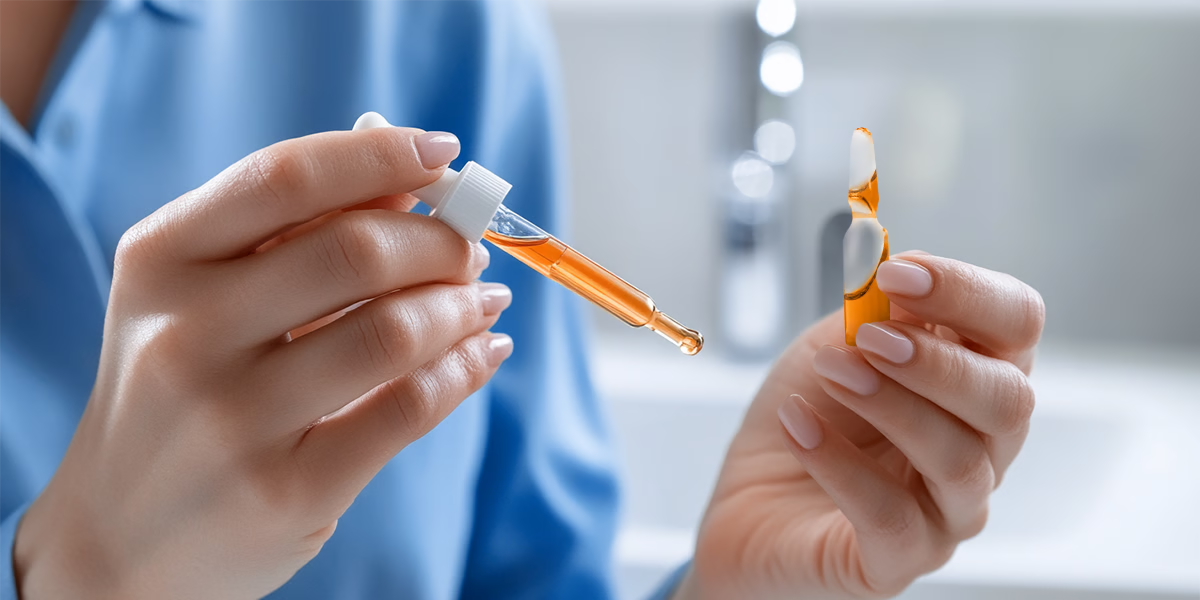
Leave a Reply